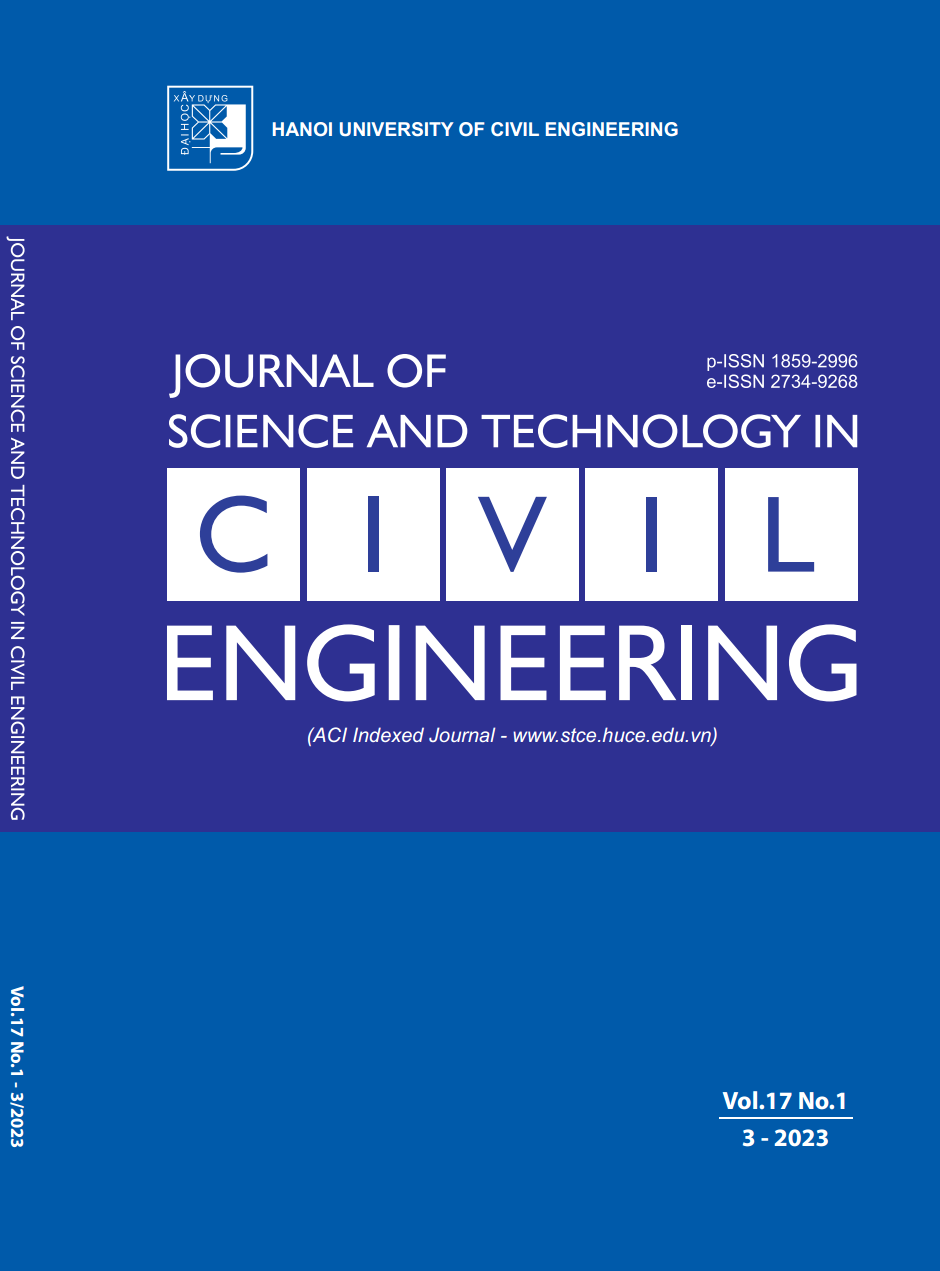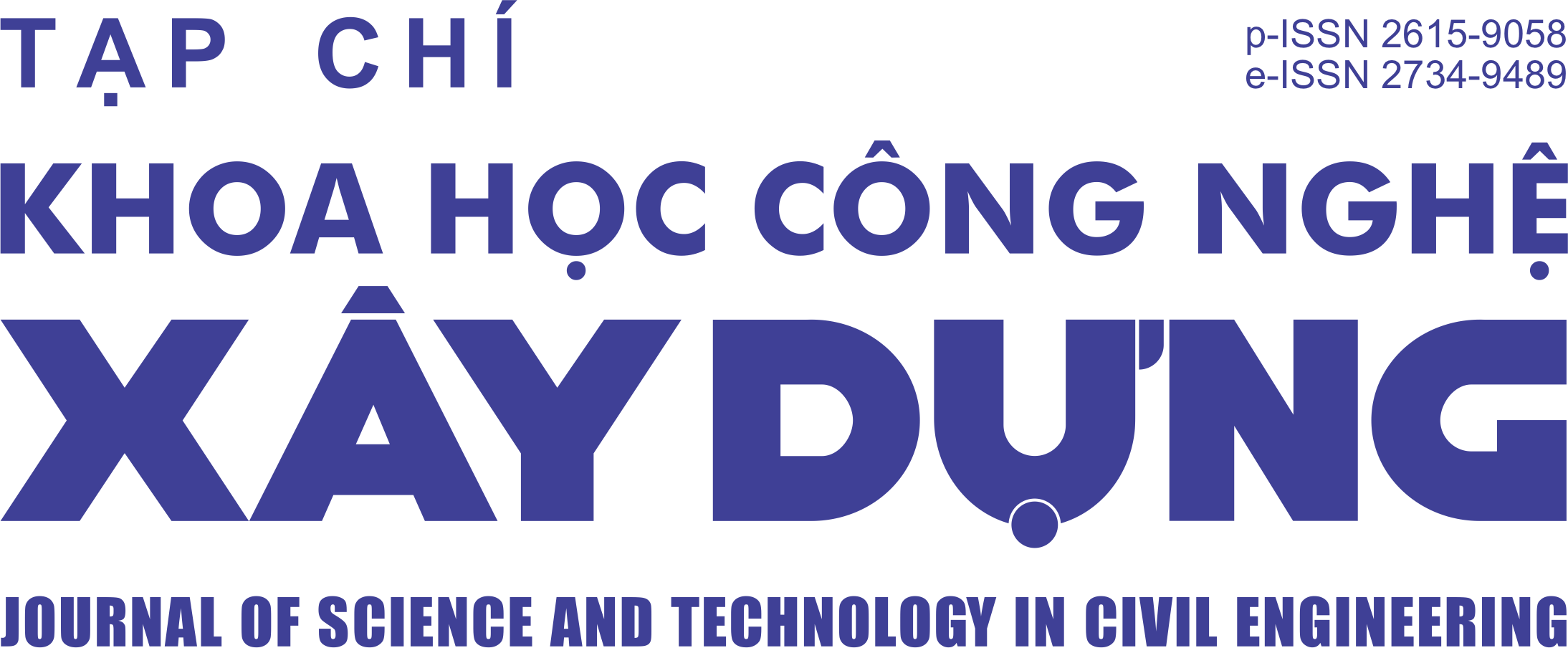Machine learning-based pedo transfer function for estimating the soil compression index
Abstract
Soil compression index (Cc) plays a vital role in describing the settlement behaviors of geotechnical infrastructures. The conventional Oedometer test broadly used to determine Cc is time-consuming and expensive, which challenges incorporating the high spatial variability of Cc. Alternatively, this study utilized the pedo transfer function (PTF) concept to develop a predictive model on the extreme gradient boosting (XGB) framework for estimating Cc with high accuracy and low effort. The presented XGB-PTF implemented on the database is acquired from 40 boreholes in Ho Chi Minh city and its vicinity to learn and recognize the correlation patterns of Cc and the easily-obtainable soil parameters (i.e., grain size distribution, unit density, moisture content, Atterberg limits). Rigorous evaluation with standard regression metrics demonstrated the efficiency and excellent performance of the XGB-PTF (e.g., low root-mean-squared error of 0.089 and a high coefficient of determination of 0.903). Furthermore, the presented framework showed its superiority over the current empirical equations in estimating Cc by higher prediction accuracy and applicability to the broader range of soil types. Given efficiency, flexibility, and dynamics, the presented model is expected to be a versatile approach to quantizing and advancing the knowledge of soil characteristics over a regional area.
Downloads
Copyright (c) 2023 Hanoi University of Civil Engineering

This work is licensed under a Creative Commons Attribution-NonCommercial-NoDerivatives 4.0 International License.
1. The Author assigns all copyright in and to the article (the Work) to the Journal of Science and Technology in Civil Engineering (JSTCE) – Hanoi University of Civil Engineering (HUCE), including the right to publish, republish, transmit, sell and distribute the Work in whole or in part in electronic and print editions of the Journal, in all media of expression now known or later developed.
2. By this assignment of copyright to the JSTCE, reproduction, posting, transmission, distribution or other use of the Work in whole or in part in any medium by the Author requires a full citation to the Journal, suitable in form and content as follows: title of article, authors’ names, journal title, volume, issue, year, copyright owner as specified in the Journal, DOI number. Links to the final article published on the website of the Journal are encouraged.
3. The Author and the company/employer agree that any and all copies of the final published version of the Work or any part thereof distributed or posted by them in print or electronic format as permitted herein will include the notice of copyright as stipulated in the Journal and a full citation to the Journal as published on the website.







